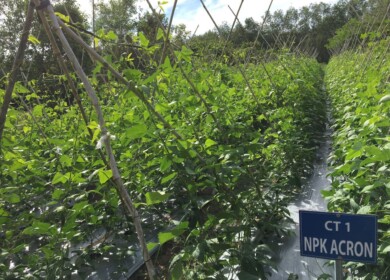Vietnam contemplates 5% VAT on fertilizers

The Ministry of Finance in Vietnam is considering the introduction of a 5% value-added tax (VAT) on fertilizers, signaling a significant shift from the current exemption under the Value-Added Tax Law. This proposed change aims to recalibrate the competitive landscape between domestic and imported fertilizer products.
In the existing tax framework, fertilizers are classified as non-taxable items. This categorization prevents businesses in the sector from declaring or deducting input VAT, adversely affecting their production costs and profit margins. The Ministry’s proposal seeks to address these challenges and improve the financial dynamics for domestic producers.
A key driver behind this tax reform is the competitive disparity with foreign fertilizer suppliers, who are able to reclaim their input VAT. This advantage enables them to potentially offer more competitive prices, thereby gaining a stronger foothold in the Vietnamese market. Additionally, the absence of VAT on fertilizers means the Government may lose out on potential revenue at the import stage, where import taxes are typically low or nonexistent.
Domestic fertilizer manufacturers, in conjunction with the Ministry of Industry and Trade, have advocated for the inclusion of fertilizers in the 5% VAT category. This recommendation aligns with international practices observed in several countries.
Globally, tax policies on fertilizers vary considerably. Nations like Thailand, Laos, Myanmar, the Philippines, Pakistan, and the United States exempt fertilizers from VAT, acknowledging their critical role in agriculture. In contrast, countries such as China, Romania, Croatia, and India impose lower tax rates on these products, reflecting diverse strategies towards this essential agricultural component.
If the Vietnamese government approves this proposal, fertilizer purchasers will incur a 5% VAT. However, the Ministry of Finance anticipates that subsequent market-driven price adjustments could ultimately benefit consumers, creating a more balanced and competitive market for fertilizers.
Enjoyed this story?
Every Monday, our subscribers get their hands on a digest of the most trending agriculture news. You can join them too!















Discussion0 comments